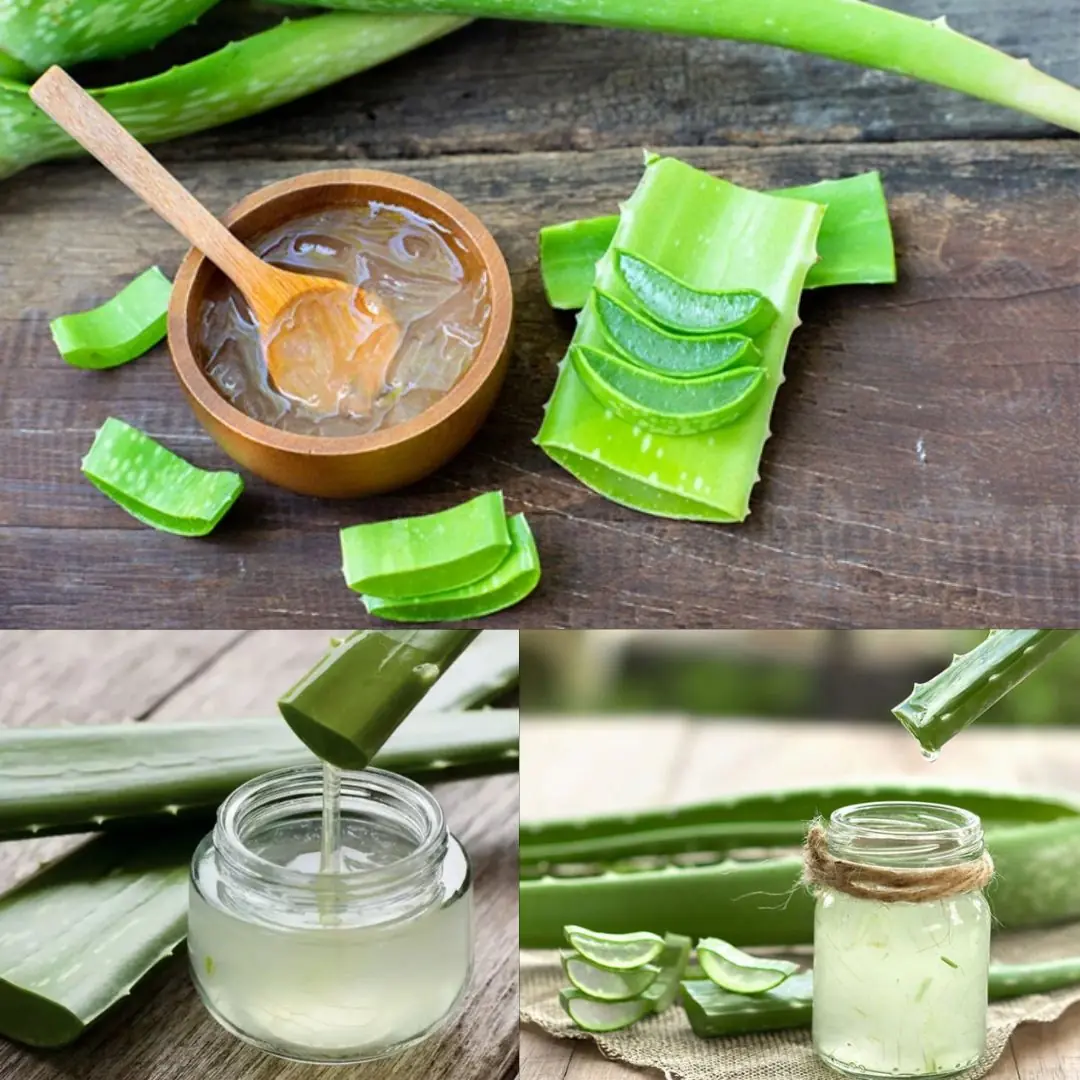
Taro Root: The Ancient Superfood Transforming Health and Sustainability
Taro — known scientifically as Colocasia esculenta — is far more than just a starchy root vegetable. With a rich history spanning millennia, a wide range of culinary applications, and an impressive nutrient profile, taro has earned its place among the world’s most valuable and sustainable crops. Revered in cultures from Southeast Asia to the Pacific Islands, this humble plant offers benefits that extend well beyond the plate.
From root to leaf, taro is a nutritional powerhouse and a cultural icon — one that continues to nourish bodies, traditions, and communities around the world.
🌱 A Glimpse into Taro’s History and Origins
Taro is believed to be one of the oldest cultivated crops in human history, with origins tracing back over 10,000 years. Native to the humid, tropical regions of Southeast Asia and India, taro gradually spread across the globe — becoming a dietary staple in regions as far-reaching as the Pacific Islands, Africa, South America, and the Caribbean.
Across the world, taro is known by different names:
-
Kalo in Hawaii
-
Dasheen in the Caribbean
-
Arbi in South Asia
-
Eddoe in parts of Africa and China
Its widespread cultivation and adaptation speak volumes about its hardiness, adaptability, and deep cultural relevance.
In Polynesian cultures, taro is more than food — it’s sacred. In Hawaiian mythology, the taro plant (kalo) is considered the elder sibling of the Hawaiian people.
🍠 Taro Root: A Nutritional Powerhouse
Taro root is easily recognized by its rough brown exterior and purple-speckled white or lavender flesh. But beneath its humble appearance lies an impressive nutritional profile:
✅ Key Nutritional Benefits:
-
Rich in Complex Carbohydrates
Provides slow-digesting energy, ideal for maintaining stable blood sugar and avoiding energy crashes. -
High in Dietary Fiber
Promotes healthy digestion, supports gut health, and aids in weight management by increasing satiety. -
Vitamin and Mineral Dense
A great source of:-
Vitamin C (immune support)
-
Vitamin E (skin and cell health)
-
Potassium (heart health and blood pressure)
-
Magnesium and manganese (bone health and metabolism)
-
-
Low in Fat
Naturally low in fat and cholesterol-free, making it ideal for heart-conscious diets. -
Naturally Gluten-Free
A perfect alternative to wheat-based grains for those with gluten sensitivities or celiac disease.
Fun Fact: The purple hue in some taro varieties comes from anthocyanins — powerful antioxidants also found in blueberries and purple cabbage.
🍽️ How to Cook and Enjoy Taro Root
Taro’s versatility in the kitchen makes it a popular ingredient across continents. Its mild, nutty-sweet flavor pairs well with a wide range of ingredients — from savory curries to creamy desserts.
🥄 Popular Taro Preparations:
-
Boiled or Steamed
A healthy and simple option. Great with dips or as a side dish. -
Fried or Roasted
Slice into wedges or chips for a crunchy snack. Taro fries are a delicious twist on traditional potatoes. -
Mashed
Taro mash is creamy, comforting, and can be seasoned with garlic, herbs, or coconut milk. -
Soups & Curries
Taro soaks up flavors beautifully and adds body to hearty stews and broths. -
Desserts
Used in ice creams, mooncakes, bubble tea, and puddings — taro lends natural sweetness and a smooth texture.
Caution: Raw taro must be cooked thoroughly to break down calcium oxalate crystals, which can irritate the throat and digestive tract.
🌿 Don’t Overlook the Leaves: Taro Greens
While the root gets most of the spotlight, taro leaves are just as valuable nutritionally. When cooked properly, they become tender and mild in flavor, while offering a rich supply of vitamin A, vitamin C, calcium, iron, and fiber.
🥘 Delicious Dishes Using Taro Leaves:
-
Laing (Philippines): Taro leaves simmered in creamy coconut milk with chili and spices.
-
Stuffed Leaves: Rolled and filled with rice, meat, or lentils — similar to dolmas.
-
Leafy Soups & Stews: A great addition to vegetable broths or lentil dishes for added nutrients.
Like the root, taro leaves must be cooked to neutralize calcium oxalate.
🩺 Beyond Nutrition: The Health Benefits of Taro
Thanks to its rich nutrient content and bioactive compounds, taro provides multiple health benefits:
❤️ 1. Heart Health
-
Potassium helps regulate blood pressure.
-
Fiber lowers LDL (bad cholesterol) levels.
🩸 2. Diabetes Management
-
Low glycemic index and resistant starch content help control blood sugar spikes.
🛡️ 3. Immunity and Antioxidants
-
Vitamin C and E, along with anthocyanins (in purple taro), fight oxidative stress and reduce inflammation.
🌿 4. Digestive Health
-
Fiber feeds beneficial gut bacteria and supports regular bowel movements.
✨ 5. Skin & Cellular Health
-
Antioxidants in taro help slow aging, promote wound healing, and support skin renewal.
🧬 Taro in Traditional and Natural Medicine
Across many cultures, taro has been used not only for nourishment but also for healing:
-
Ayurveda: Taro paste is used topically to soothe skin irritation and wounds.
-
Traditional Chinese Medicine: Used to boost spleen function and support digestive health.
-
Pacific Island Culture: Considered a sacred food, believed to carry spiritual and regenerative power.
🌾 Taro and Sustainability: A Crop for the Future
Taro’s resilience makes it a champion of sustainable agriculture. It thrives in wetlands, rain-fed areas, and poor soil — reducing reliance on chemical fertilizers or irrigation.
🌱 Eco-Friendly Features:
-
Minimal input crop
-
Grows year-round in tropical zones
-
Entire plant is edible (root + leaves = zero waste)
-
Supports biodiversity in small-scale farming
In a world facing climate change and food insecurity, taro is emerging as a climate-resilient, sustainable staple.
🥗 How to Add Taro to Your Diet
New to taro? Start simple:
-
Try boiled or steamed taro as a side dish.
-
Add to soups or curries for extra heartiness.
-
Use taro flour for gluten-free baking.
-
Make a comforting taro mash with herbs and olive oil.
-
Explore desserts like taro bubble tea or taro ice cream.
Look for fresh taro in Asian, Caribbean, or African markets. Pre-cooked or frozen taro is also widely available in many health food stores.
🌍 Taro: Rooted in Tradition, Ready for the Future
Taro (Colocasia esculenta) is more than a starchy root — it’s a cultural symbol, a nutritional asset, and a sustainable food source rolled into one. Its journey through history and across cultures speaks to its enduring value and adaptability.
Whether you're seeking a nutrient-dense ingredient, a gluten-free alternative, or a plant with rich cultural roots, taro is a gift from the earth — one that's waiting to be rediscovered in your kitchen.
So next time you spot taro at the market, take it home — you’re not just buying a vegetable, you’re embracing thousands of years of culinary and cultural wisdom.
News in the same category


Guava Leaves for Blood Sugar Control: Nature’s Gift for Diabetics
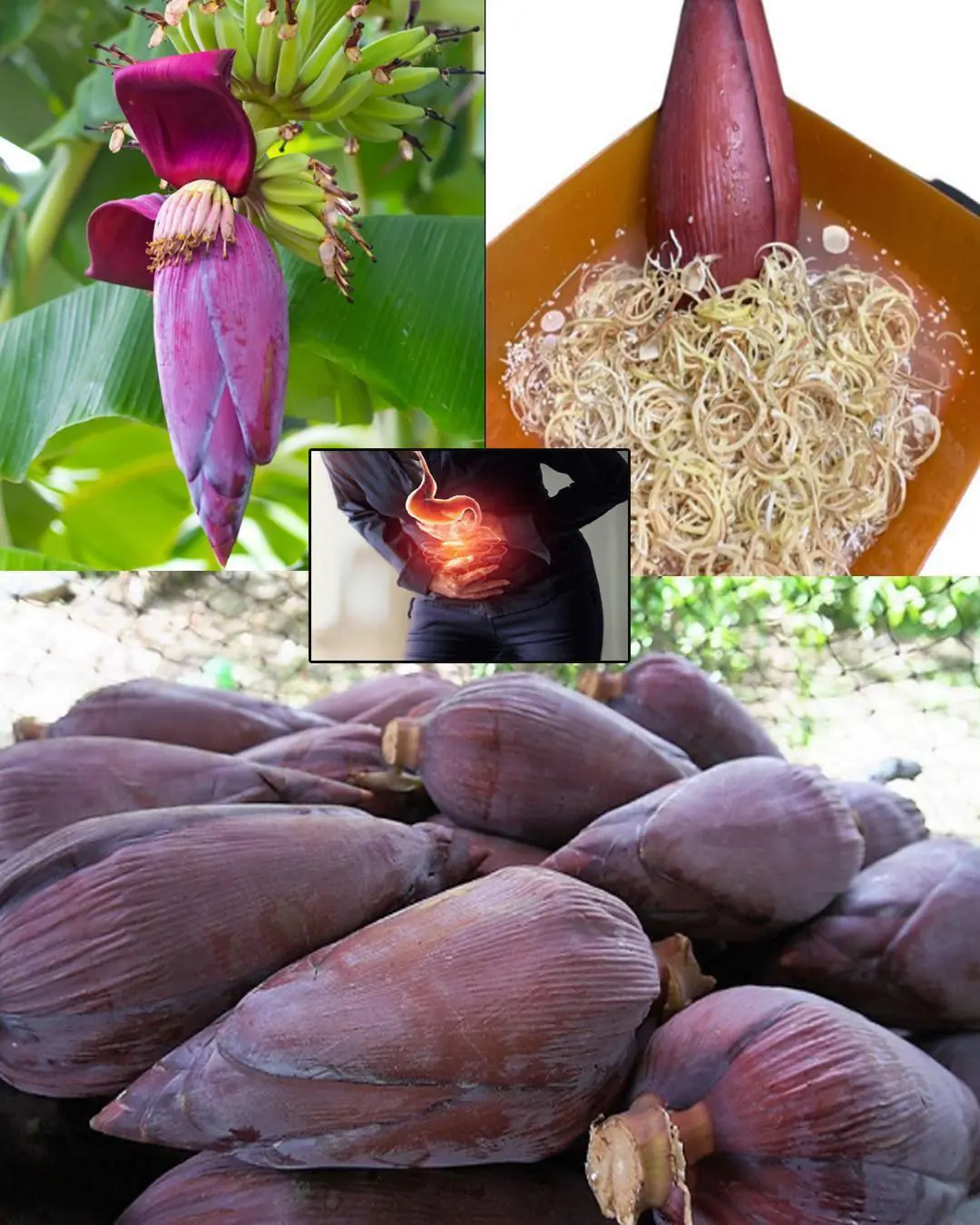
Banana Blossom: Health Benefits, Recipes, and Uses

Common Mullein: Benefits and Uses of Nature’s Versatile Herb

Fig Leaves: Surprising Benefits and Uses

Inner Vitality Elixir: Benefits of Uda Seeds, Lemon, Aidan Fruit, and Ginger for Women’s Health

Some of the Benefits of Castor Leaves and the Seed
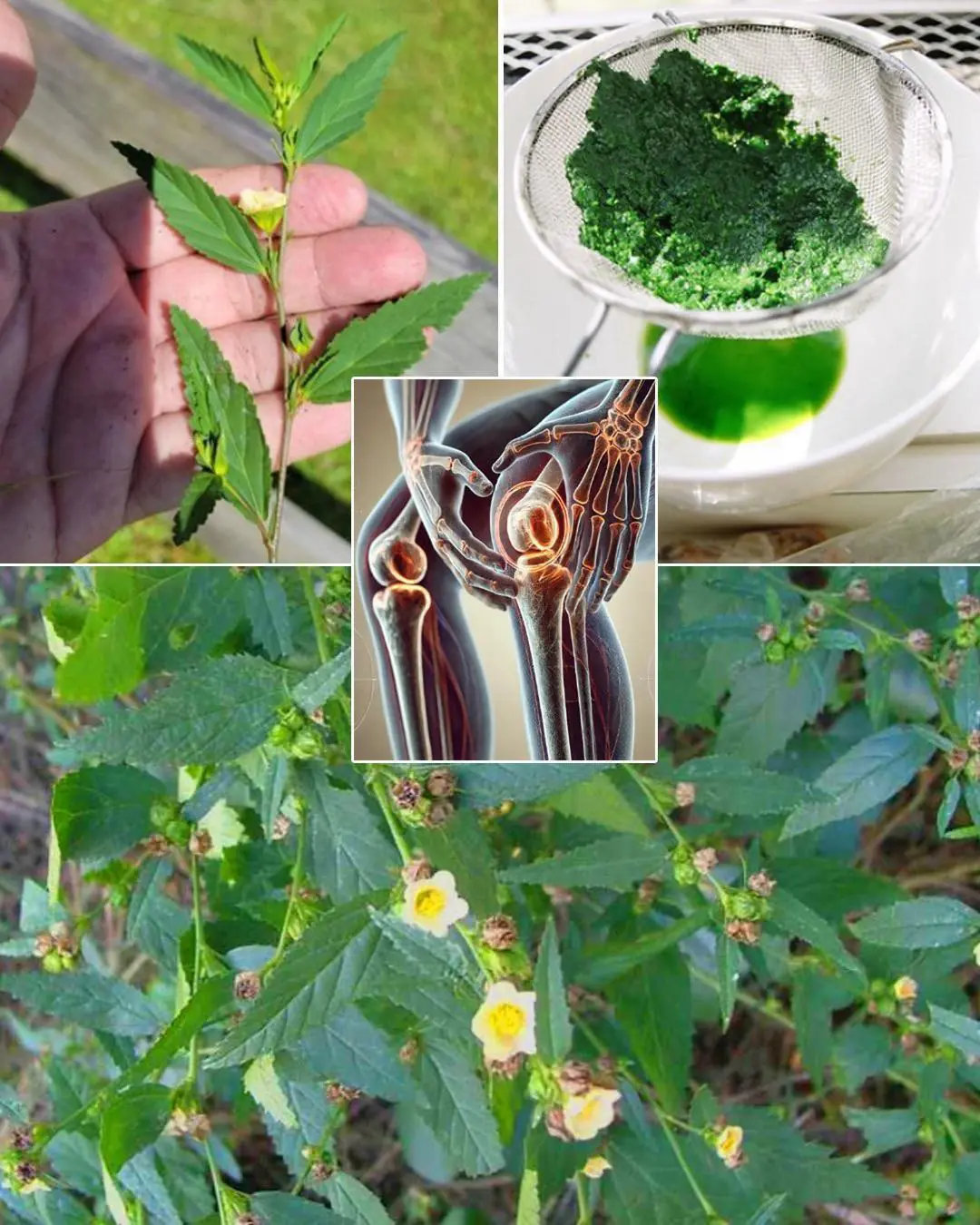
The Versatile Uses of Stubborn Grass

The Best Tea for Mornings and After Dinner: A Powerful Blend for Health

Mimosa Pudica Tea: How to Prepare and Health Benefits

Euphorbia Hirta (Asthma-plant): Traditional Uses and Applications
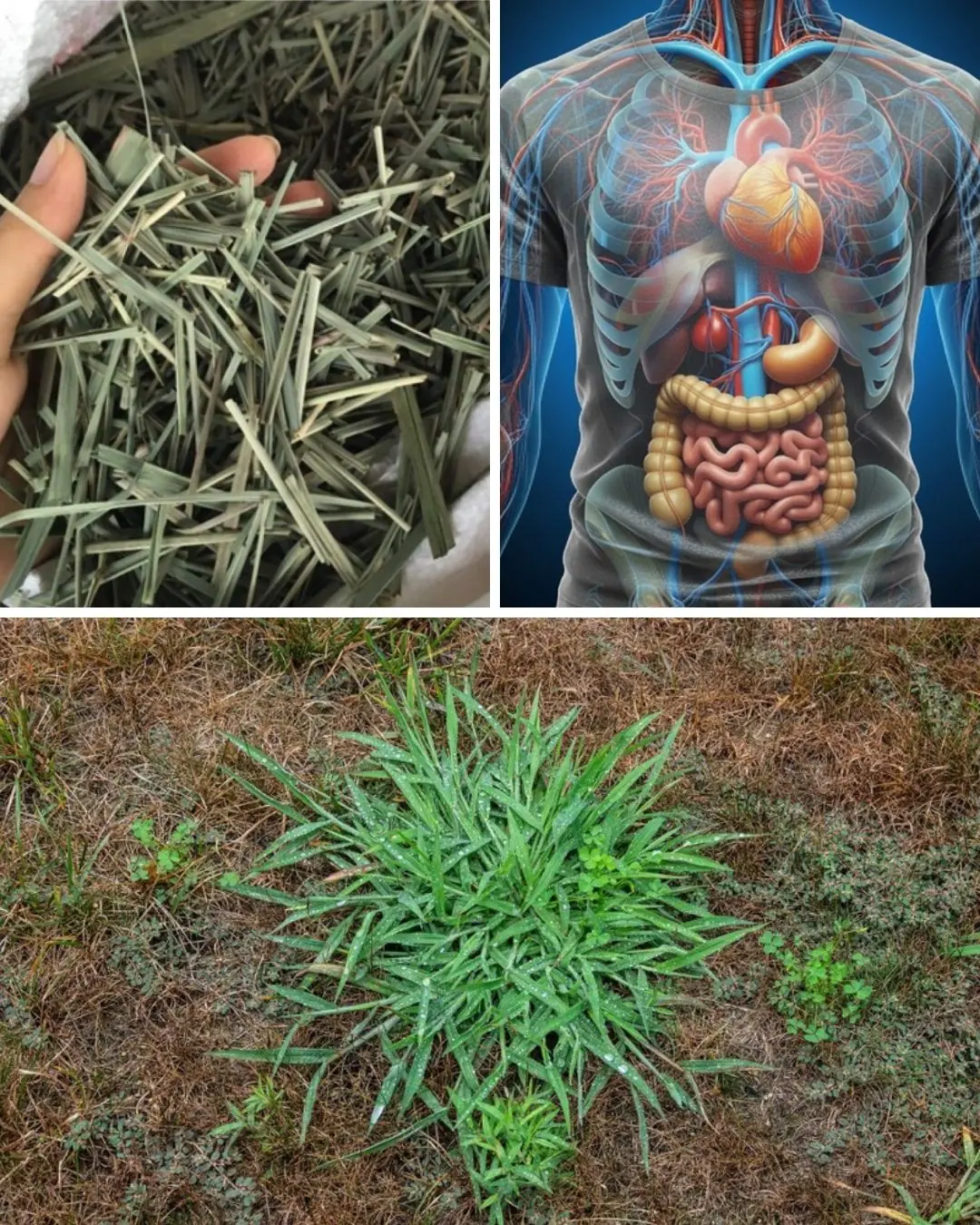
Harnessing the Power of Goose Grass: A Guide to Its Preparation and Therapeutic Uses
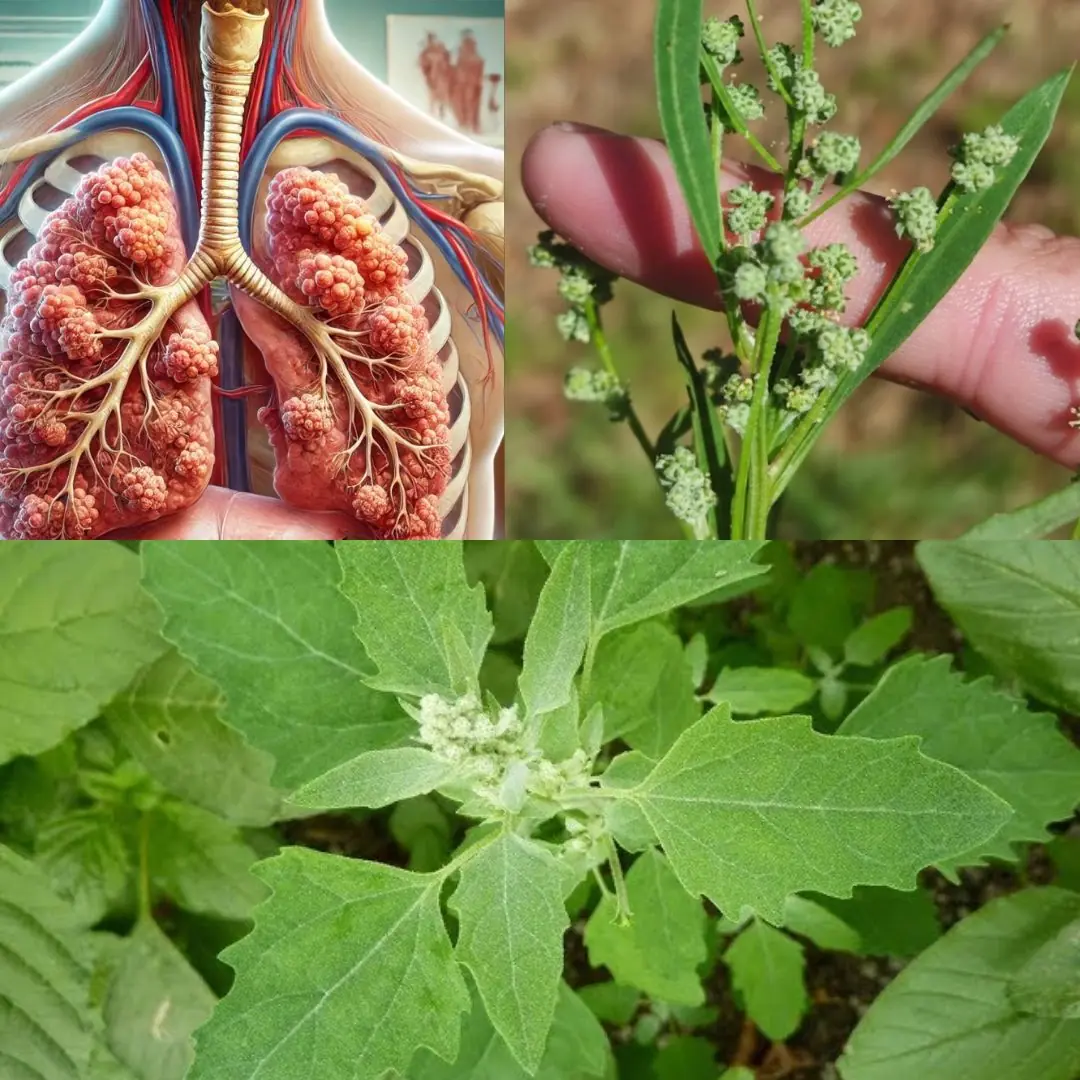
Lamb’s Quarters/Wild Spinach: The Underestimated Superfood with Maximum Health Benefits

Taro Root: The Ancient Superfood Transforming Health and Sustainability

Men’s Vitality Tonic: The Bold Health Boost from Ginger and Pineapple
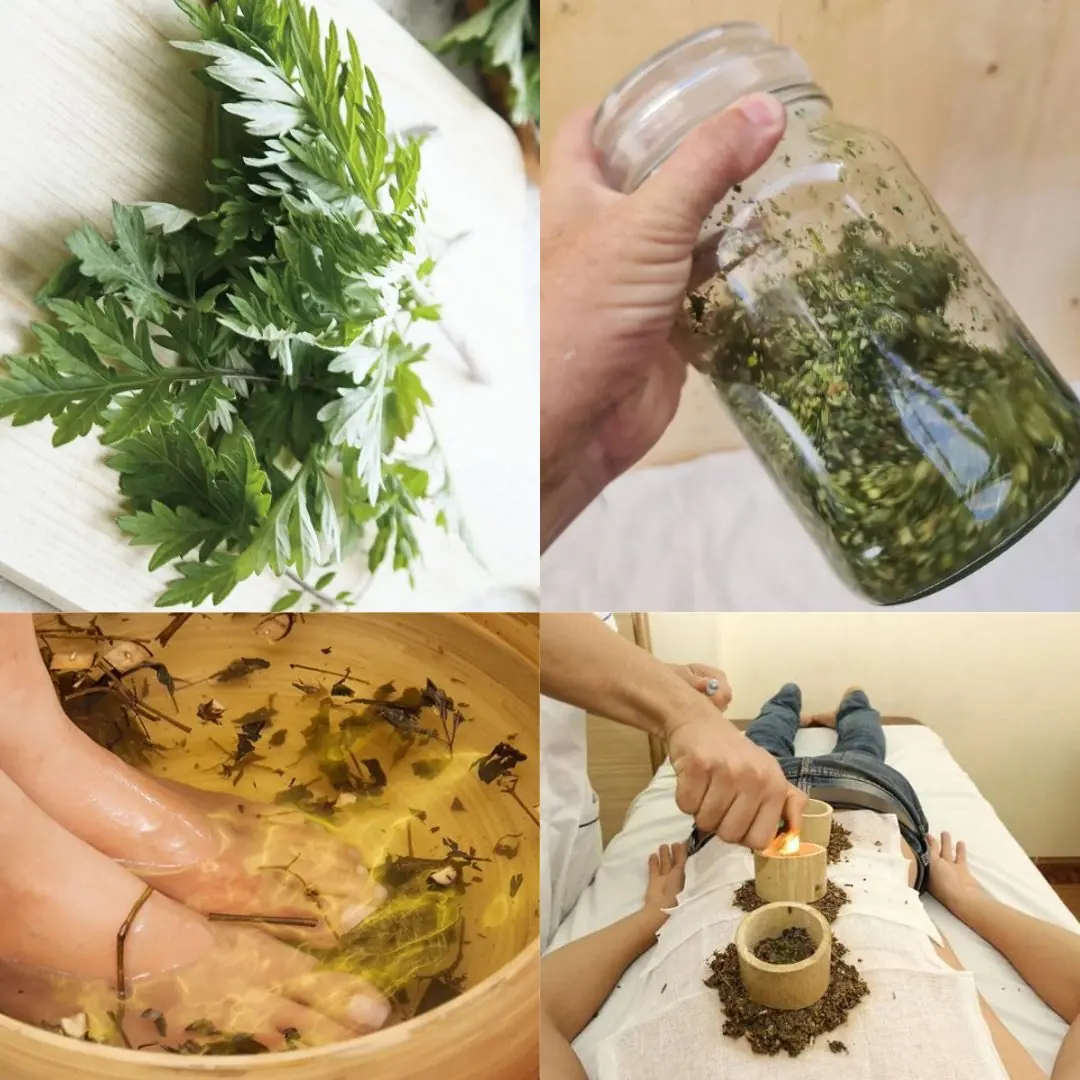
Mugwort Plant: Benefits, Properties, and Uses
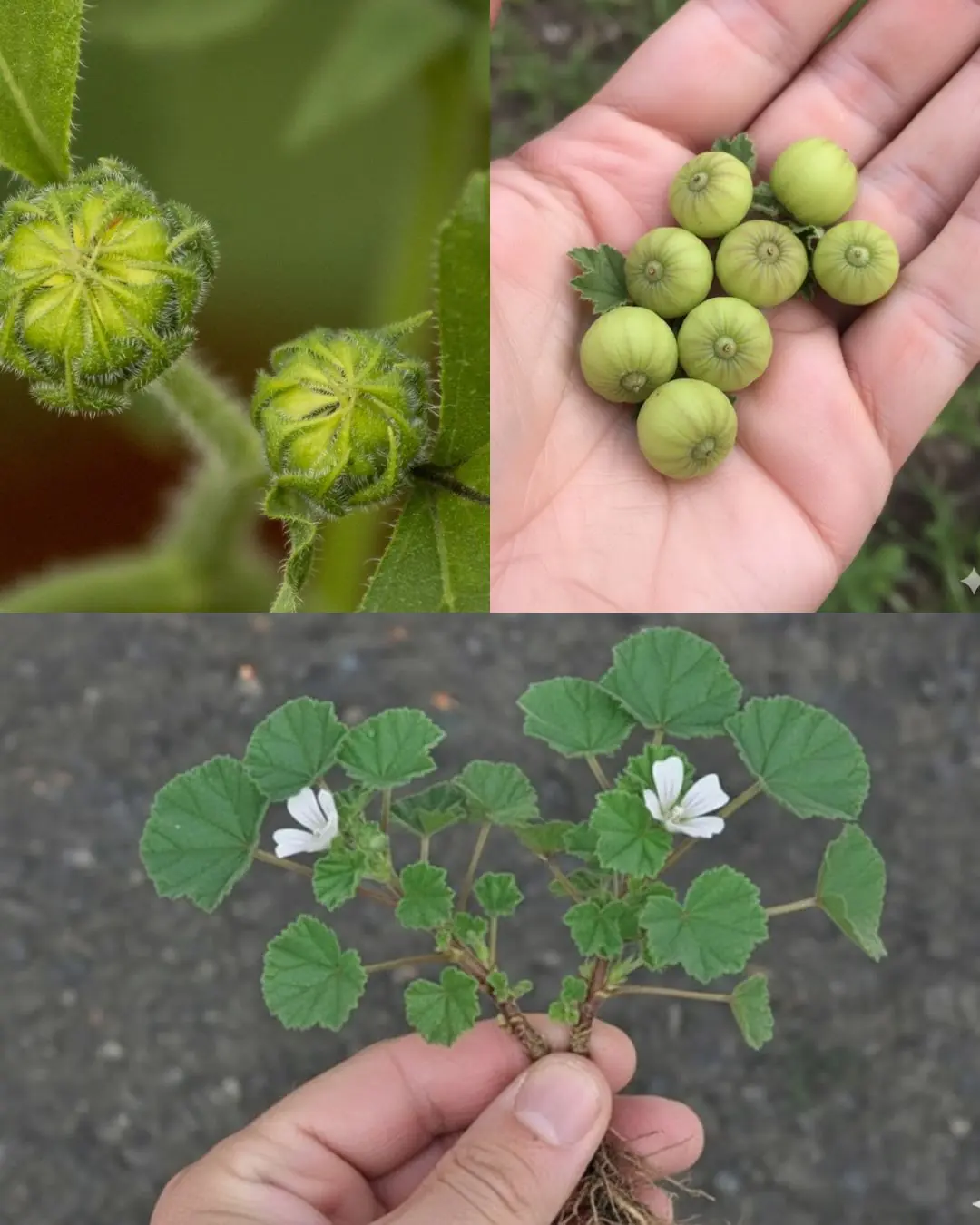
Unveiling the Green Marvel: The Top 10 Health Benefits of Common Mallow Leaves

Goldenberries (Physalis peruviana): A Nutrient-Packed Powerhouse for Health and Vision
News Post

The general director found out that the cleaning lady was fluent in nine languages and immediately offered her a new position.

How to deodorize bathroom and toilet extremely effectively

Turning on the air conditioner at night at 28 degrees Celsius, thinking it would save electricity, turned out to be a mistake: This is the appropriate level, should be fixed immediately.

When pickling cucumbers, do not use boiled water that has been left to cool: Use this water to make the cucumbers crispy, delicious, and golden brown in just 1 night.

Washing machines accumulate a lot of dirt and bacteria: Pour this bowl into the washing machine to clean it like new and have fresh smelling clothes immediately.
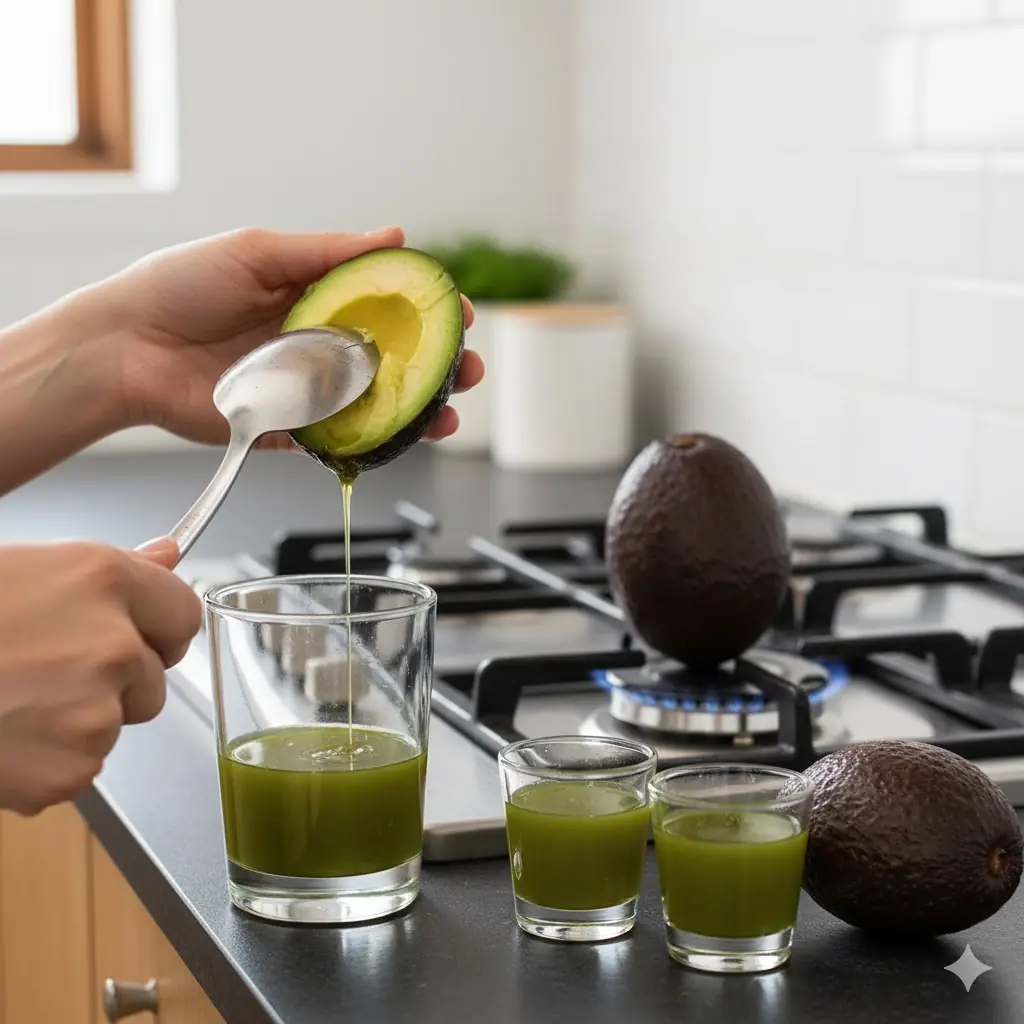
Here’s the secret why everyone puts avocados on the fire!

Canker Sores Are The Absolute WORST…Here’s How To Get Rid of Them Fast!

U.S. Life Expectancy Lags Behind Other Wealthy English-Speaking Nations — The Contributing Factors

5+ Things Your Feet Can Reveal About Your Health (That You Shouldn’t Ignore)

The Aloe Vera Gel Is Not the Only One Very Useful

The 1,300-Year-Old Loaves That Brought the Words “I Am the Bread of Life” to Life

Student, 21, died just days after getting what they thought was ‘fresher’s flu’ as family issue warning

Grieving Mother Bear Hunts Wolves in Chilling Act of Revenge

The Stray and the Green Triceratops: A Toy That Became a Lifeline

Thrown Away, Yet Still Breathing: The Heartbreaking Rescue of a Puppy Named Kiss
The Dog Who Carried a Toy—and Found a Family’s Love

How to Use Hà Thủ Ô to Promote Hair Growth and Give You Dark, Smooth Hair

A Fruit Called the “Best of the 21st Century” — Grown in Many Vietnamese Gardens, Yet Rarely Eaten
